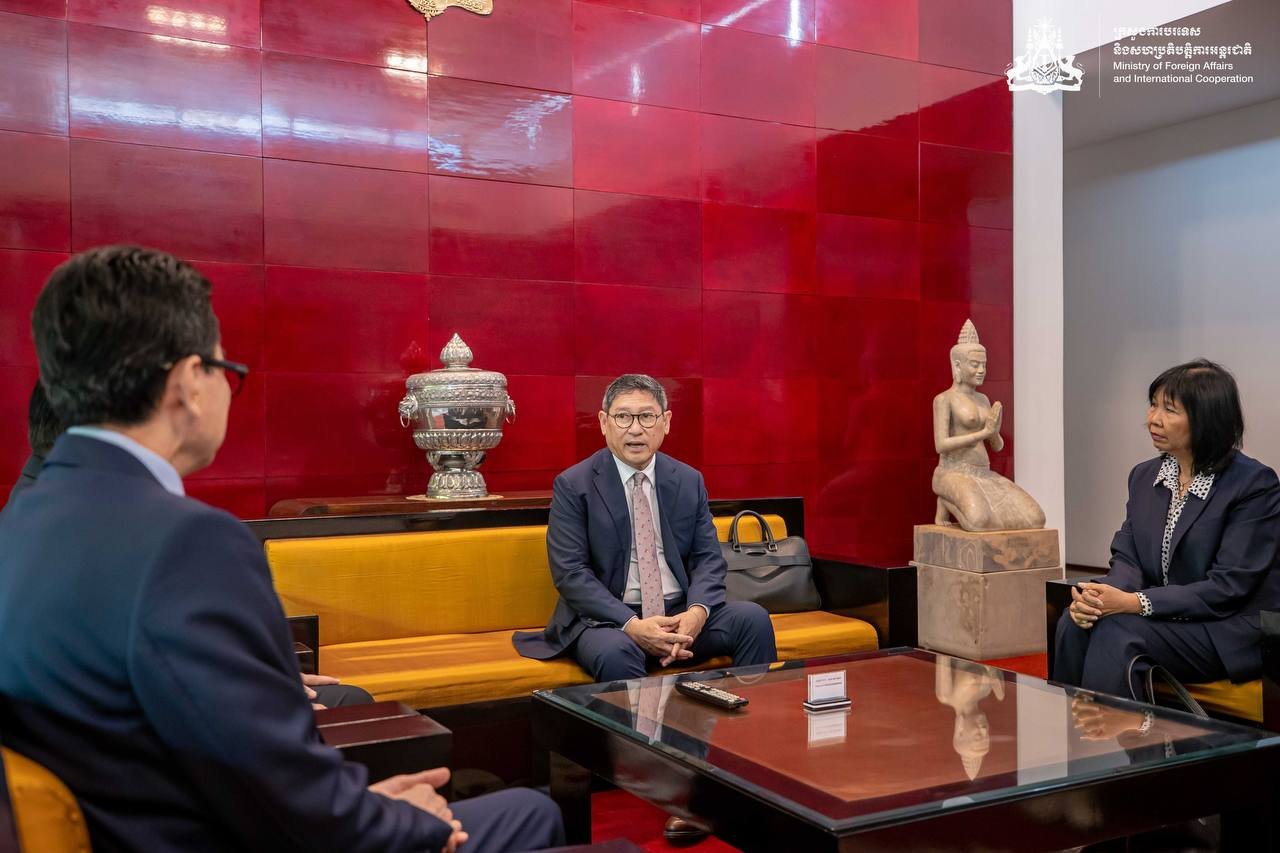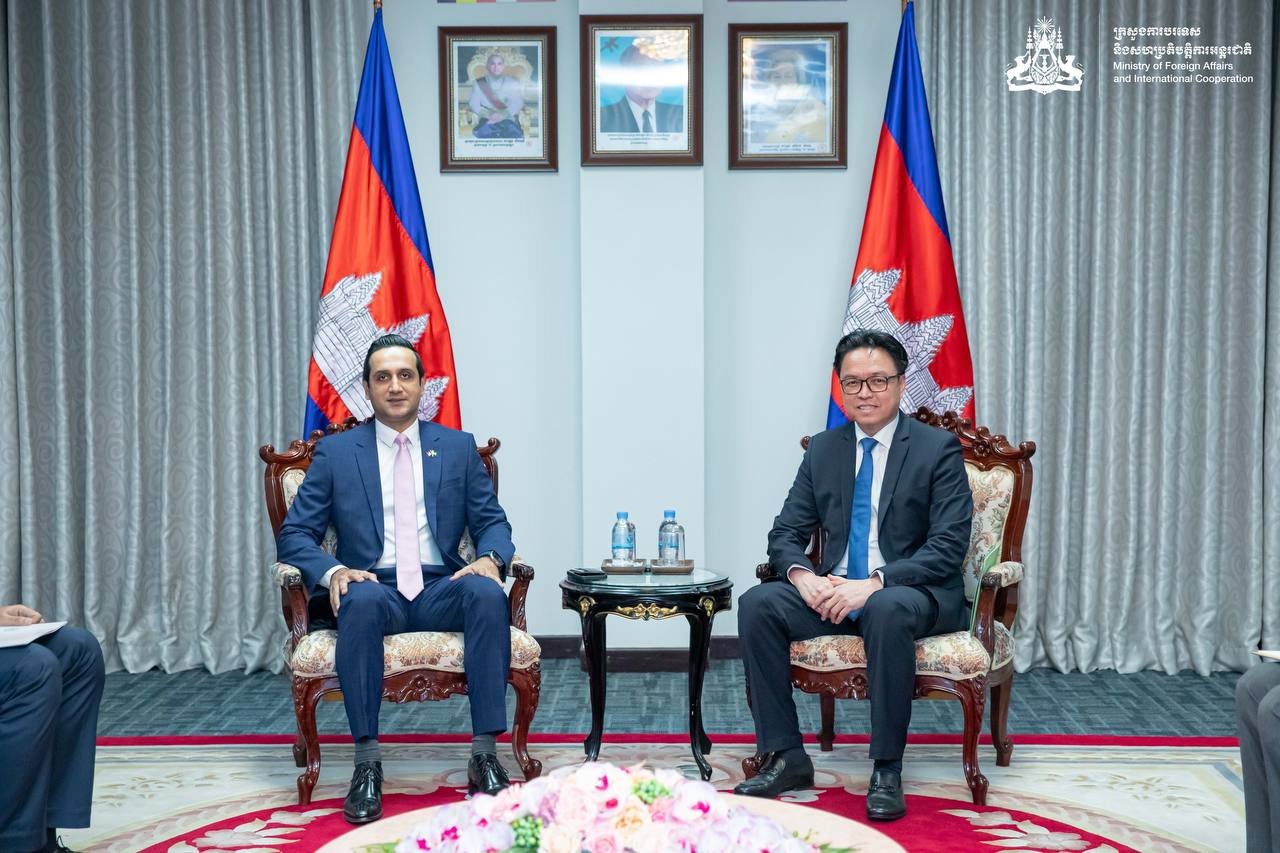In a remarkable feat, Cambodia has witnessed an extraordinary surge in the export of non-garment manufacturing products, marking a significant diversification of its economic landscape. The latest report from the General Department of Customs and Excise reveals that in the past year, Cambodia exported non-garment manufacturing products worth $3,129 million, representing an astounding 56 percent increase compared to the preceding year.
These non-garment manufacturing products encompass a wide array of goods, including electronic components, auto parts, furniture, leather products, plastics, and various industrial items. This diversification in exports is a testament to Cambodia’s efforts to broaden its economic horizons beyond traditional sectors.
The export of non-garment manufacturing products accounted for 13.25 percent of Cambodia’s total exports in the previous year, showcasing the sector’s growing significance within the nation’s economy.
Several key factors have contributed to this remarkable growth in Cambodia’s non-garment manufacturing sector. One crucial driver has been the favorable incentives provided under the new investment law, which has attracted a fresh wave of investors, particularly those focused on technology-driven industries. Cambodia’s commitment to creating an investor-friendly environment has not gone unnoticed, and it has spurred substantial interest from both domestic and international investors.
Heng Sokkung, Secretary of State of the Ministry of Industry, Science, Technology, and Innovation, emphasized the transformative impact of reforms and new business policies. He highlighted the government’s dedication to fostering technology-based industries, which aligns with Cambodia’s vision to transition from labor-intensive, low-value-added sectors to embrace the opportunities presented by the fourth-generation industrial revolution.
The Cambodian Industrial Development Policy 2015-2025 has played a pivotal role in encouraging investment in technology and the entire production chain, further propelling the export of non-garment manufacturing products.
These products are predominantly manufactured within special economic zones, which have contributed significantly to Cambodia’s export growth. The primary markets for these non-garment products include the European Union, the United States, Japan, South Korea, and Thailand.
While Cambodia’s non-garment manufacturing sector has experienced remarkable growth, it’s worth noting that the bicycle exports saw a decrease in 2023, amounting to $416.7 million, down by 53.6 percent from the previous year.
As of the end of 2023, Cambodia boasted 2,089 registered manufacturing factories with a total investment of $17,914 million, highlighting the country’s growing attractiveness to investors. The Council for the Development of Cambodia approved 268 investment projects in 2023, marking a 44 percent increase from the previous year. These projects attracted a total investment of $4.9 billion, representing a substantial 22 percent increase over 2022.
Breaking down the sectors, a significant 92 percent of these approved projects focused on the industrial sector, with the remainder spanning agriculture, agro-industry, tourism, and infrastructure development.
While the garment, textile, footwear, and travel goods industry continue to be a cornerstone of Cambodia’s foreign exchange earnings, accounting for 53 percent of the total exports amounting to $23.60 billion in 2023, the remarkable surge in non-garment manufacturing products reflects Cambodia’s determination to diversify its economic portfolio.
This transformative shift signifies a promising future for Cambodia’s economy, with a growing emphasis on technology-driven industries and a more robust presence in the global market for non-garment manufactured goods. Cambodia’s economic resilience and adaptability demonstrate its readiness to embrace new opportunities and chart a path towards sustainable growth and prosperity.
Source: Khmer Times








